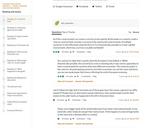
Introduction to the idea of a reserve bank. Created by Sal Khan.
- Subject:
- Economics
- Social Science
- Material Type:
- Lesson
- Provider:
- Khan Academy
- Provider Set:
- Khan Academy
- Author:
- Sal Khan
- Date Added:
- 01/17/2012

Introduction to the idea of a reserve bank. Created by Sal Khan.
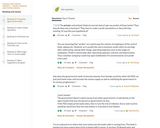
Introduction to government debt and treasuries. What it means when we say that Federal Reserve Notes are issued by the Reserve bank but are an obligation of the Government. Created by Sal Khan.
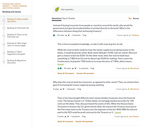
Tools of the Central Bank to increase the money supply. Created by Sal Khan.
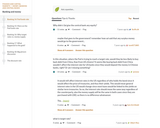
How open market operations effect the rate at which banks lend to each other overnight. Created by Sal Khan.
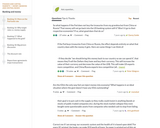
More on the mechanics of the Federal Funds rate and how it increases the money supply. Created by Sal Khan.
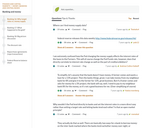
The rationale for targeting interest rates instead of directly having a money supply target. Created by Sal Khan.
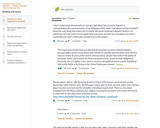
Getting off the gold standard. A short discussion of the meaning of wealth. Created by Sal Khan.
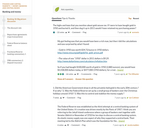
Pros and Cons of various banking systems. More on gold. Created by Sal Khan.
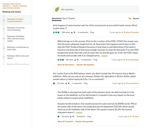
Introduction to the income statement of a bank (and to income statements in general). Created by Sal Khan.
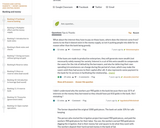
Fractional reserve banking and the multiplier effect. Introduction to the money supply. Created by Sal Khan.
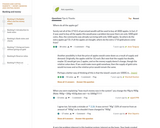
How "money" is created in a fractional reserve banking system. M0 and M1 definitions of the money suppy. The multiplier effect. Created by Sal Khan.
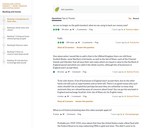
Introduction to bank notes (which you are more familiar with than you realize). Created by Sal Khan.
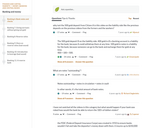
More on how bank notes and checks can be used. Created by Sal Khan.
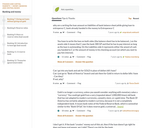
How banks can give out loans without ever giving out gold. Created by Sal Khan.
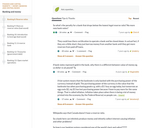
How reserve requirements limit how much lending a bank can do. Created by Sal Khan.
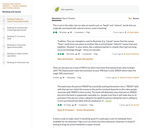
Seeing how reserve ratios limit how much lending I can do. Created by Sal Khan.
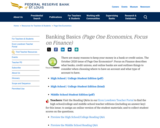
There are many reasons to keep your money in a bank or credit union. The October 2020 issue of Page One Economics®: Focus on Finance describes what banks, credit unions, and online banks are and outlines things to consider when choosing where to have an account and what type of account to have.
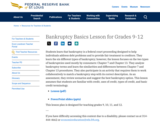
Students learn that bankruptcy is a federal court proceeding designed to help individuals address debt problems and to provide fair treatment to creditors. They learn the six different types of bankruptcy; however, the lesson focuses on the two types of bankruptcies used mostly by consumers: Chapter 7 and Chapter 13. They analyze bankruptcy terms and learn the similarities and differences between Chapter 7 and Chapter 13 procedures. They also participate in an activity that requires them to work collaboratively to match a bankruptcy step with its correct description. As an assessment, they review scenarios and suggest the best bankruptcy option. This lesson assumes that students are familiar with credit, uses of credit, types of credit, and basic credit terminology.
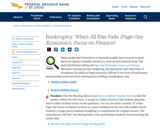
Many people find themselves in financial trouble, but it is good to know there are options available should you need serious financial help. The April 2018 bonus edition of Page One Economics: Focus on Finance discusses earning income, budgeting, late payments, and collections. It introduces the basics of legal protection offered in the form of bankruptcy and describes some potential consequences of filing a bankruptcy case.

Payday and title lenders, pawn shops, check-cashing services and prepaid cards can be convenient and valuable financial services, similar to those offered by traditional providers of such services—banks and credit unions. What are the costs and benefits of using alternative financial services, as well as of going to a bank or credit union?